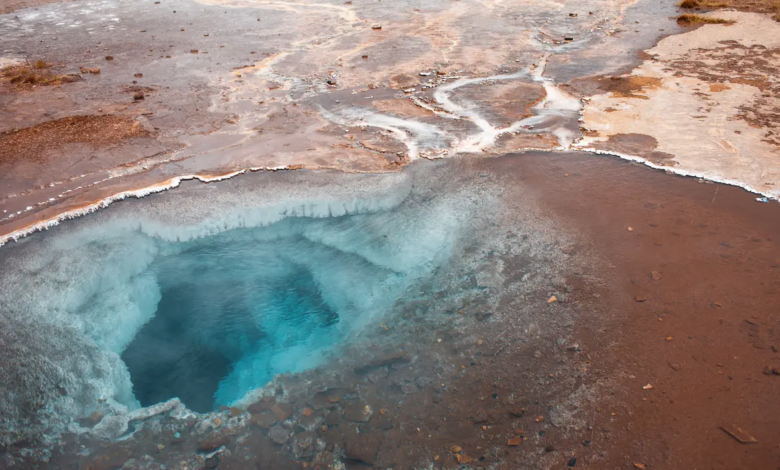What is geological hydrogen and why it can revolutionize the energy landscape
Geologists around the world are working to map geological hydrogen and understand how to exploit it
The real potential of hydrogen for the decarbonization of our energy systems is debated a lot. To an array of tech enthusiasts and fans, an even bigger skeptic phalanx often responds. If so far it hasn’t worked, they claim, why should it start now? If you need a fair amount of energy to spend in the production process, how can it become an economically sustainable supply chain? All these questions could be answered by the US Geological Survey (USGS), thanks to ongoing modeling work to understand the real potential of geological hydrogen, that is, the one contained in the natural tanks buried in the depths of the earth’s crust.
The natural version, also called “white hydrogen” or “golden hydrogen“, if used sustainably, could represent the turning point that gives revenge to a sector that has remained between dream and reality. Through this source, it would be possible, according to scientists, to shape our energy landscape, especially in areas where electrification is not a direct solution. Just think, to get an idea, long-haul flights or industrial heating.
The excitement at the discovery of the underground deposits is palpable. The USGS is riding the wave, leading an ambitious project that – in addition to predictive models – explores the possibility of using oil and gas companies’ extraction techniques to perform hydrogen recovery.
Potential supplies for thousands of years
According to their models, under the Earth’s crust, there would be an average volume of hydrogen that could meet global demand for thousands of years. But there is one obstacle. Much of this gas is probably trapped in regions that are too inaccessible or economically unprofitable to recover. While keeping these questions open, American geologists remain optimistic. If even a fraction of this estimated volume becomes accessible, they argue, we may be facing a resource that can power our world for centuries. There’s still work to be done: in the meantime, figuring out exactly where these deposits are. Then, how to extract gas economically.
The USGS team is mapping regions of the United States with favorable geology for abundant extraction of this white hydrogen. The coastal plain on the Atlantic side and the center of the country seem to be the most favorable areas. Here there is an abundance of iron-rich rock layers and remains of an ancient rift that could hold vast amounts of hydrogen-forming minerals. Despite this, it is necessary to acquire other elements: in particular, to understand if this high production capacity is coupled with the presence of structures that have favored the storage of H2. If the rock formations, in fact, do not have the right conformation, all this work done by nature in geological eras could simply have been lost or not be exploitable.
Hydrogen White, beyond theoretical models
While the hunt for the white H2 continues, the USGS team is not satisfied with operating only through theoretical models. American scientists are developing exploration tools and strategies, drawing inspiration from the oil & gas and mining industries. However, if commercial exploitation takes place, it will probably be necessary to develop ad hoc instruments. The hypothesis is that steel machinery used by fossil industries can be ruined by contact with hydrogen, and that it is necessary to develop specific technologies. Perhaps you could even exploit the H2 not yet produced by some rock formations, stimulating them to produce it. According to some experts, hot water injections could be used in iron-rich rocks, which currently do not generate hydrogen, to activate the process. In this case, it would be similar to the enhanced production of geothermal energy.
All this work remains in an experimental phase, but a first practical step is expected with the publication of estimates on global resources and a map of potential resources that can be exploited.
The geological hydrogen behind our house
In the meantime, just a few steps from our home and precisely in the French region of Lorraine, the CNRS has recently discovered a huge deposit of natural hydrogen. It could be the largest in the world and is estimated at about 46 million tons. The geologists, initially engaged in the study of a methane deposit, have analyzed the water between the rocks at a depth of 1200 meters and have surprisingly high percentages of free hydrogen, suggesting concentrations above 90% at 3000 meters depth. Lorraine, with its history of coal mines, could then write a new page greener. But first geologists need to confirm the uniform distribution and estimated concentration of hydrogen in the depths. This means, in practice, the realization of core drilling that reaches 3000 meters deep. Dreaming, however, costs nothing, so much so that the answers will come in a short time. And they could be encouraging.






